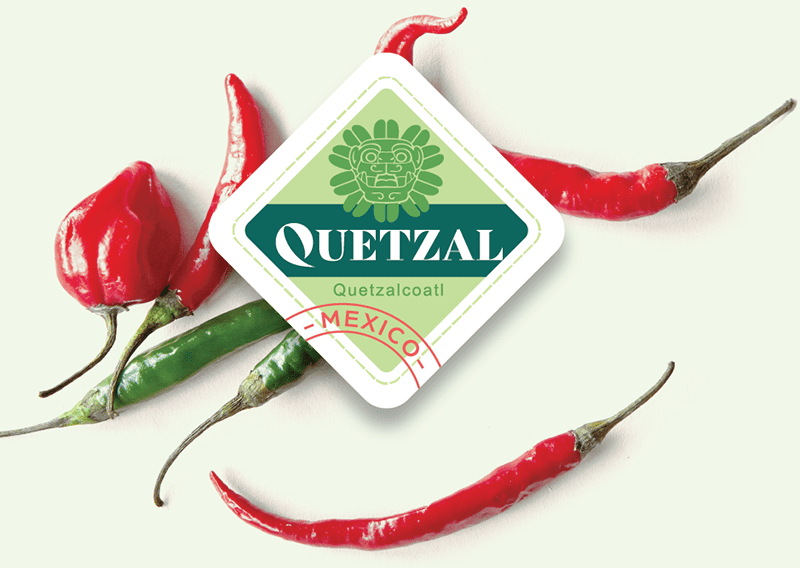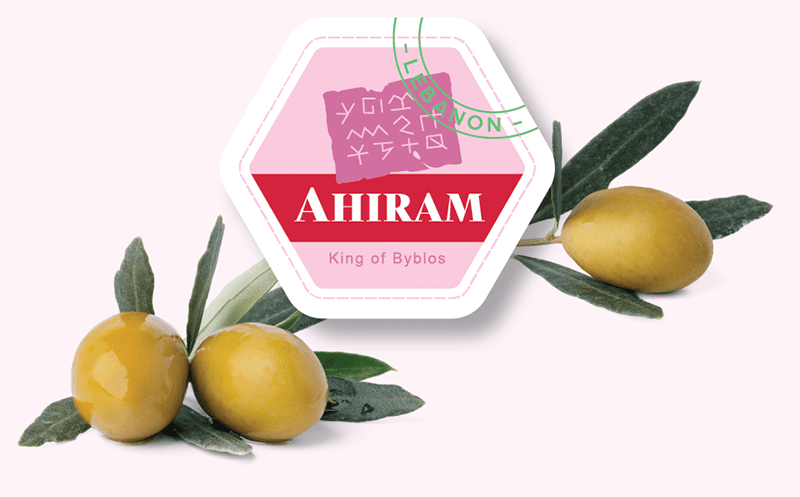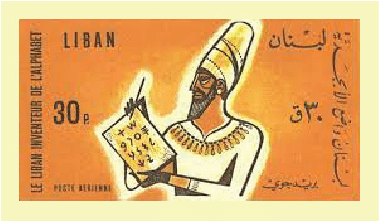The world at your plate:
an educated decision
Quetzal
Mexican cuisine, rooted in ancient traditions, melds indigenous ingredients with Spanish influences. A kaleidoscope of flavours, it showcases fiery chilies, earthy beans, tender meats, and tangy salsas. From hearty mole sauces to hand-pressed tortillas, each dish is a testament to Mexico’s rich culinary tapestry and passionate spirit.



Quetzalcoatl, revered in Mesoamerican cultures, was the feathered serpent deity symbolizing the unity of Earth and sky. Often associated with learning and culture, he was considered the patron of priests and educators. His very name joins “quetzal” (a vibrant bird native to Central America, symbolizing freedom and wealth) with “coatl” (snake), encapsulating the marriage of terrestrial and heavenly realms.
Pirivena
Sri Lankan cuisine is a tantalizing blend of bold spices, tropical fruits, and fresh seafood. Steeped in island traditions, dishes range from creamy coconut curries and spicy sambols to moreish kothu rothis. With influences from Indian, Arab, and European settlers, it offers a vibrant mosaic of flavours celebrating Sri Lanka’s rich heritage.



A Pirivena in Sri Lanka is a monastic college for the education of Buddhist monks, emphasizing religious and philosophical studies. Vidyodaya Pirivena, established in 1873, is a notable example, having played a pivotal role in the revival of Buddhist education. It later transformed into the University of Sri Jayewardenepura, bridging the ancient monastic traditions with modern academia.
Ahiram
Lebanese cuisine elegantly marries Mediterranean freshness with Middle Eastern depth. With an array of mezze dishes, succulent grilled meats, and rich pastries, it emphasizes fresh produce, aromatic spices, and olive oil. From creamy hummus to fragrant tabbouleh, Lebanese food celebrates communal dining and a millennia-rich culinary heritage.







King Ahiram was an ancient Phoenician king of Byblos. His significance notably stems from the inscription on his sarcophagus, discovered in the 1920s. This inscription contains one of the earliest known examples of the Phoenician alphabet, a precursor to many modern alphabets. The script’s evolution has had a profound impact on the development of written language in the Western world.

